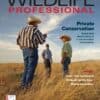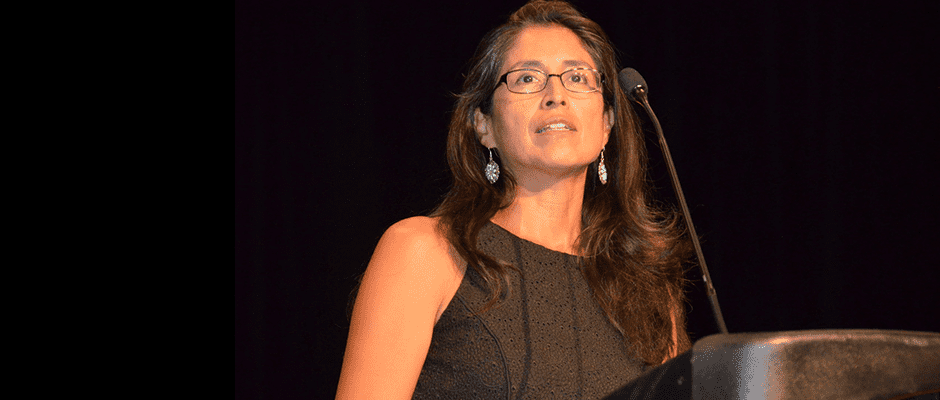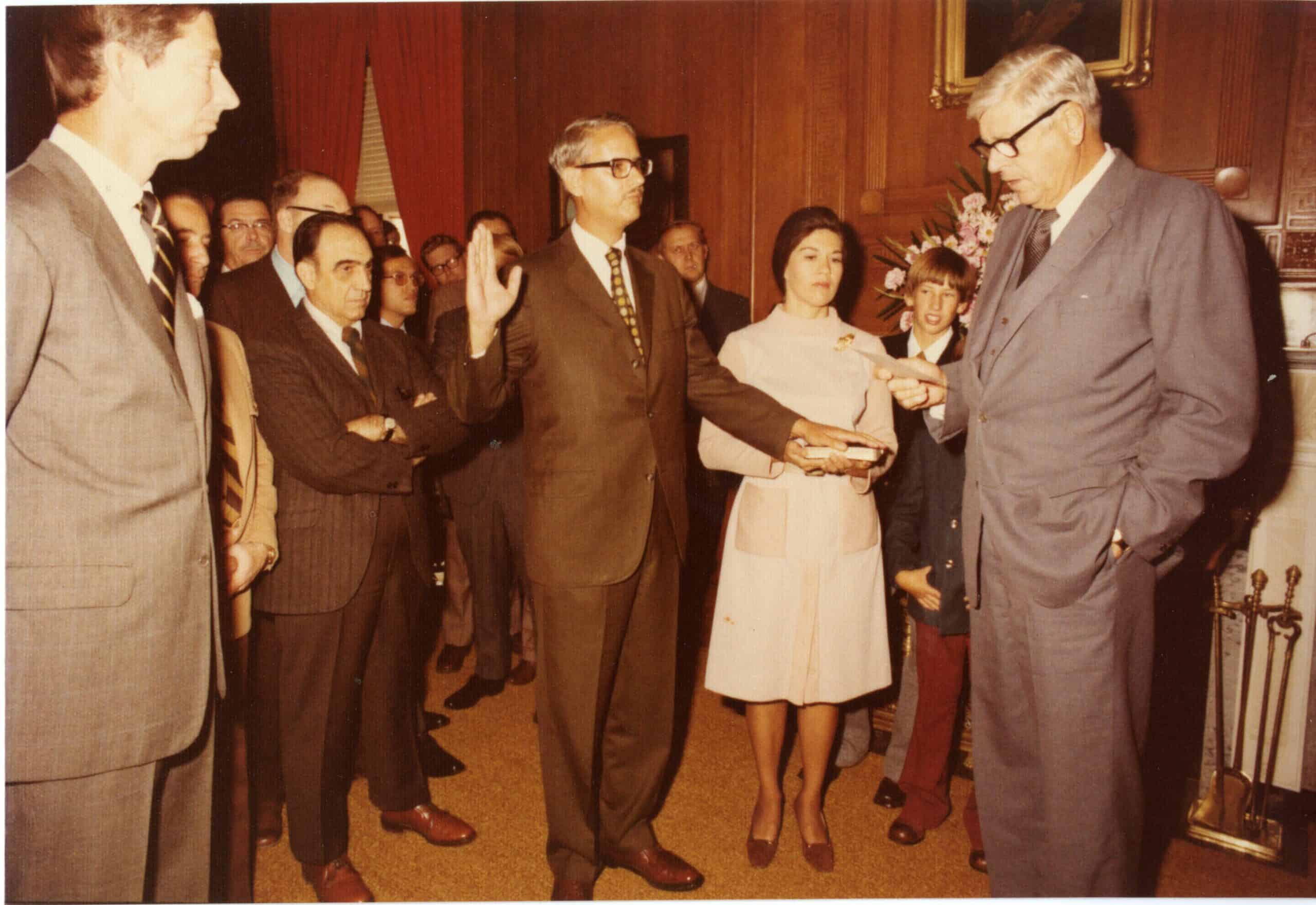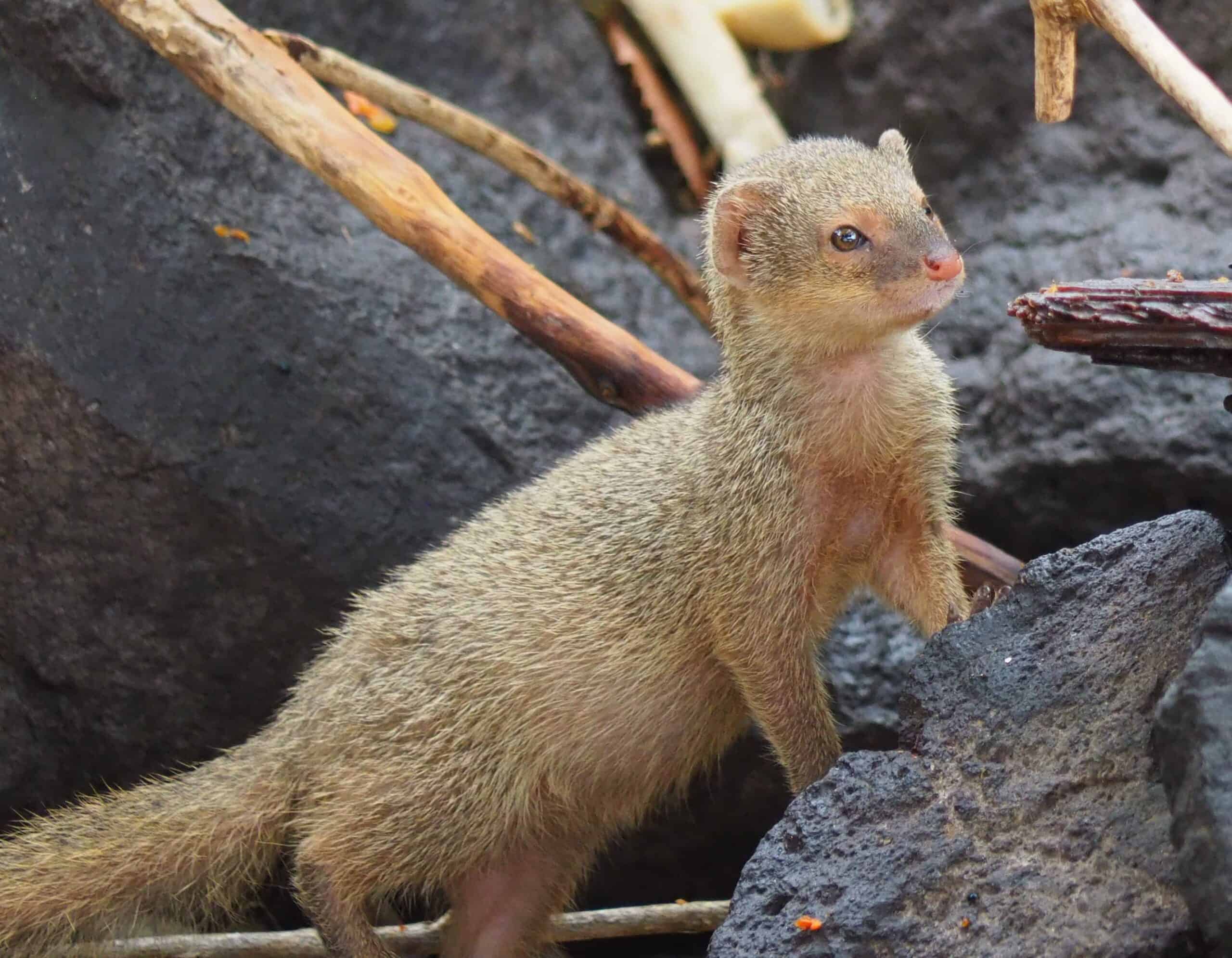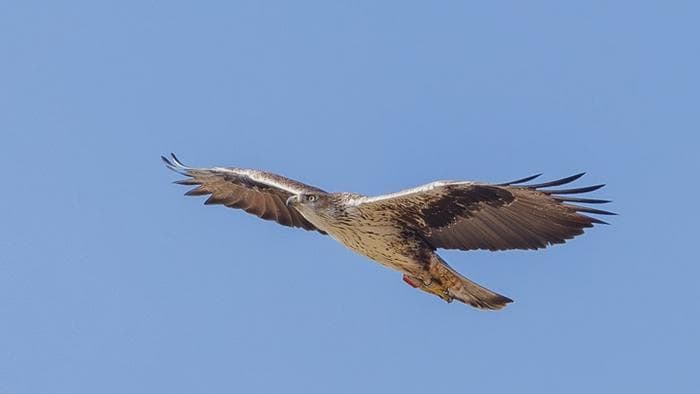Share this article
Plenary urges wildlife professionals to embrace diversity
Meeting in a historic crossroads of native communities and settlers, The Wildlife Society opened its Annual Conference on Sunday with a crucial conversation on culture and conservation.
“It was instilled within me at a very early age, a deep respect for mother Earth,” said Arthur “Butch” Blazer, retired Agriculture Department deputy undersecretary for natural resources and environment, as he spoke at the plenary “Wildlife Conservation: Crossroads of Cultures.”
“Those teachings stuck with me and are still serving me well to this day,” said Blazer, a member of the Mescalero Apache tribe and the first Native American to become New Mexico state forester.
The session promoted cultural diversity in the wildlife field. TWS President Gary Thompson noted that the society’s recent partnerships work off multicultural knowledge and inclusive communication toward a goal of conserving wildlife that people from all backgrounds depend on.
Blazer addressed the need for including indigenous youth in the conservation field and the potential for greater organizational partnerships on tribal youth development programs. He pointed to tribal nonprofits, like the Intertribal Timber Council, Native American Fish and Wildlife Society and Intertribal Agricultural Council, that oversee initiatives to provide high school and university students interested in fish, wildlife and forestry with practical experience and financial assistance.
“I have seen the sustained success of tribal youth development through the effective implementation of tribal youth conservation programs on my own reservation,” he told the gathering.
Such efforts are constrained by a shortage of resources, Blazer said, but with external collaboration, they could be expanded to reach more aspiring native wildlifers.
“The Wildlife Society and other organizations are in need of the quality fish and wildlife professionals that can come out of Indian Country,” Blaze said. “I invite you to see how we can develop partnerships that will benefit us both.”
Former Interior Department solicitor Hilary Tompkins spoke of the Navajo concept of “hozho,” a sense of balancy and harmony, and her department’s struggle to achieve that through policies in Washington.
“All forces in nature, human nature, economics and politics is defined by hozho and how you find balance with tug and pull, peacemaking and war making,” said Tompkins, a Navajo who served as Interior’s solicitor from 2009 to 2017 — the first native American to hold that position.
She offered guidance on negotiating different cultural views when tackling complex conservation issues, giving examples from her career that ranged from oil and gas extraction to offshore wind turbine construction, to bald eagle conservation and Bears Ears National Monument.
Alexandra Sandoval, director of the New Mexico Department of Game and Fish, emphasized the power of diversity in organizations.
“Diversity provides us that 360-degree view about the issues and the programs we are working on,” she said. “I cannot stress how important it is to engage with people who have a different perspective than we do.”
The second woman director in the century-old department, she worked her way up its ranks after joining as a game warden in 1994.
With the aid of a single gray PowerPoint slide labeled “Got space?”, Sandoval noted that engaging with different people holding varied perspectives broadens understanding, stimulates continual growth and strengthens programs in wildlife. That’s especially important, she said, as state wildlife managers find their constituents have broadened from the “hook and bullet crowd” they used to serve.
“It’s important to accept diversity, providing an environment in which all employees can come forward and put an idea out without being shut down,” she said. “As you go back to your workplace and allow space for those new ideas to come in, you’ll see more ideas come out, and with that, a stronger organization.”
Thompson expressed gratitude to the Caesar Kleberg Wildlife Research Institute, which sponsored the plenary event.
Thompson also awarded two TWS members for their contributions to the wildlife profession.
The Caesar Kleberg Award for Excellence in Applied Wildlife Research went to Charles Young.
The Diversity Award went to Serra Hoagland from the U.S. Forest Service.
Header Image: Hilary Tompkins, the former solicitor of the U.S. Department of Interior, talking about the plenary theme, Crossroad of Cultures, along with theme this morning is a Crossroad of Cultures, along with Arthur “Butch” Blaze and Alexandra Sandoval.

